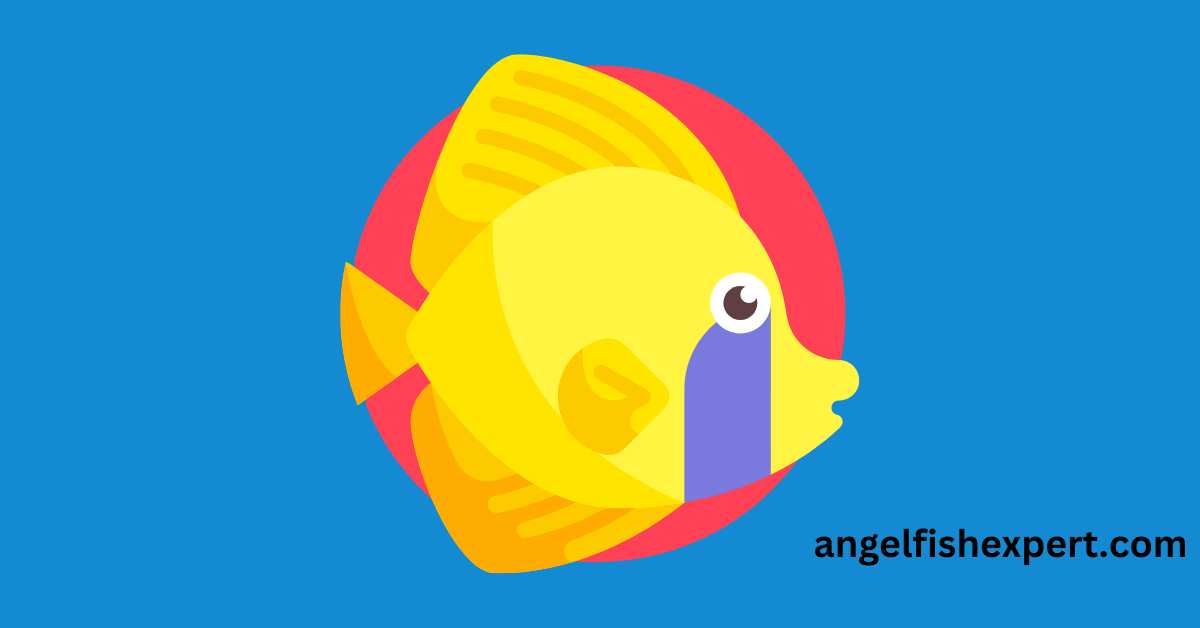
Angelfish are a popular species of freshwater and saltwater fish, known for their vibrant colors and graceful swimming movements. Whether you’re a seasoned angelfish owner or simply interested in learning more about these beautiful creatures, it’s important to understand what they eat in their natural habitat. In this article, we’ll explore what angelfish eat in the wild and in the ocean.
What Do Angelfish Eat in the Wild?

In the wild, angelfish are omnivores, meaning they eat both plant and animal matter. Their diet consists of insects, small crustaceans, algae, and other aquatic plants. They are also known to scavenge for food, and feed on dead animals and decaying matter found at the bottom of bodies of water.
Angelfish feed on a variety of small insects and crustaceans such as mosquito larvae, brine shrimp, and daphnia. These tiny organisms are abundant in most freshwater ecosystems, making up a significant portion of the angelfish’s diet.
Angelfish are also known to feed on algae and aquatic plants such as duckweed, water lettuce, and java moss. These plants provide essential nutrients and fiber that aid in digestion and overall health.
Scavenging Angelfish are opportunistic feeders, which means they will also scavenge for food. Dead animals and decaying matter found at the bottom of streams, rivers, and lakes can provide a source of nutrition for angelfish.
What Do Angelfish Eat in the Ocean?

Saltwater angelfish have a slightly different diet than their freshwater counterparts. In the wild, they primarily feed on sponges, tunicates, and algae.
Sponges and Tunicates Sponges and tunicates are filter-feeding organisms found in coral reefs and other marine environments. Angelfish use their sharp teeth to rip off pieces of these organisms and consume them.
Algae Like freshwater angelfish (Pterophyllum scalare), their saltwater counterparts also feed on algae. However, the types of algae they consume are often different. Saltwater angelfish prefer red and green algae found in tropical waters. Some species of angelfish, such as the French angelfish, queen angelfish
French angelfish, are known to feed on sponges. These fish have specialized teeth that allow them to scrape off pieces of sponge and ingest it as part of their diet.
What do queen angelfish eat in the ocean?
Other species, such as the queen angelfish, are known to feed on sea urchins[1] and other echinoderms. They have strong jaws and teeth that can crush through the spiny armor of these creatures to access the soft insides.
Angelfish also play an important role in coral reef ecosystems as they help control populations of algae and other organisms that can overgrow and harm the corals. They graze on algae and other small organisms that grow on the surface of the corals, keeping them in check and promoting the healthy growth of the reef.
Overall, angelfish have a varied and important role in the ocean’s food web, feeding on a variety of small organisms and playing a key role in maintaining the health and balance of coral reef ecosystems.
As you can see, angelfish are more than just pets prized for their beauty and color—but angelfish are indeed valuable and distinctive members of our ocean ecosystem. Billy Unotti (COMMUNICATIONS ASSISTANT WASHINGTON, D.C.)
Conclusion
Whether they’re swimming in freshwater streams or saltwater reefs, angelfish have a varied diet that includes both plant and animal matter. Understanding what angelfish eat in the wild and in the ocean is essential for maintaining their health and well-being in captivity.
FAQs
Can angelfish survive solely on a vegetarian diet?
No, angelfish cannot survive solely on a vegetarian diet. While they do enjoy eating algae and other plants, they also need protein from animal-based sources in order to thrive. It is recommended to offer a varied diet that includes both plant and animal-based foods to meet their nutritional needs.
What types of food should I feed my pet angelfish?
A healthy diet for pet angelfish should include a mix of high-quality flakes or pellets specifically designed for angelfish, as well as frozen or live foods such as brine shrimp, bloodworms, and krill. It is important to vary their diet and avoid overfeeding to prevent health complications.
How often should I feed my pet angelfish?
Adult angelfish should be fed once or twice a day, while juvenile fish may require more frequent feedings. It’s important to monitor their eating habits and adjust feeding frequency accordingly to ensure they’re not overeating or undernourished.
Should I offer my angelfish live foods?
Yes, offering live foods such as brine shrimp, bloodworms, and krill can provide important nutrients and variety in their diet. However, it is important to ensure that the live food is from a reputable source and has been properly screened to prevent the introduction of harmful parasites or diseases into your aquarium.
How do I know if my angelfish is getting enough food?
A healthy angelfish will have a plump belly and show signs of active swimming and exploring. However, it is important to carefully monitor their feeding habits and adjust their diet accordingly if they are showing signs of overeating or undernourishment. Regularly checking water quality and performing water changes can also help ensure the overall health of your fish.
Can I train my angelfish to eat from my hand?
Yes, it is possible to train your angelfish to eat from your hand with patience and consistency. Start by offering small bits of food in your palm close to the water’s surface and gradually move your hand closer to the fish. Over time, they may begin to associate your hand with feeding time and approach you eagerly.